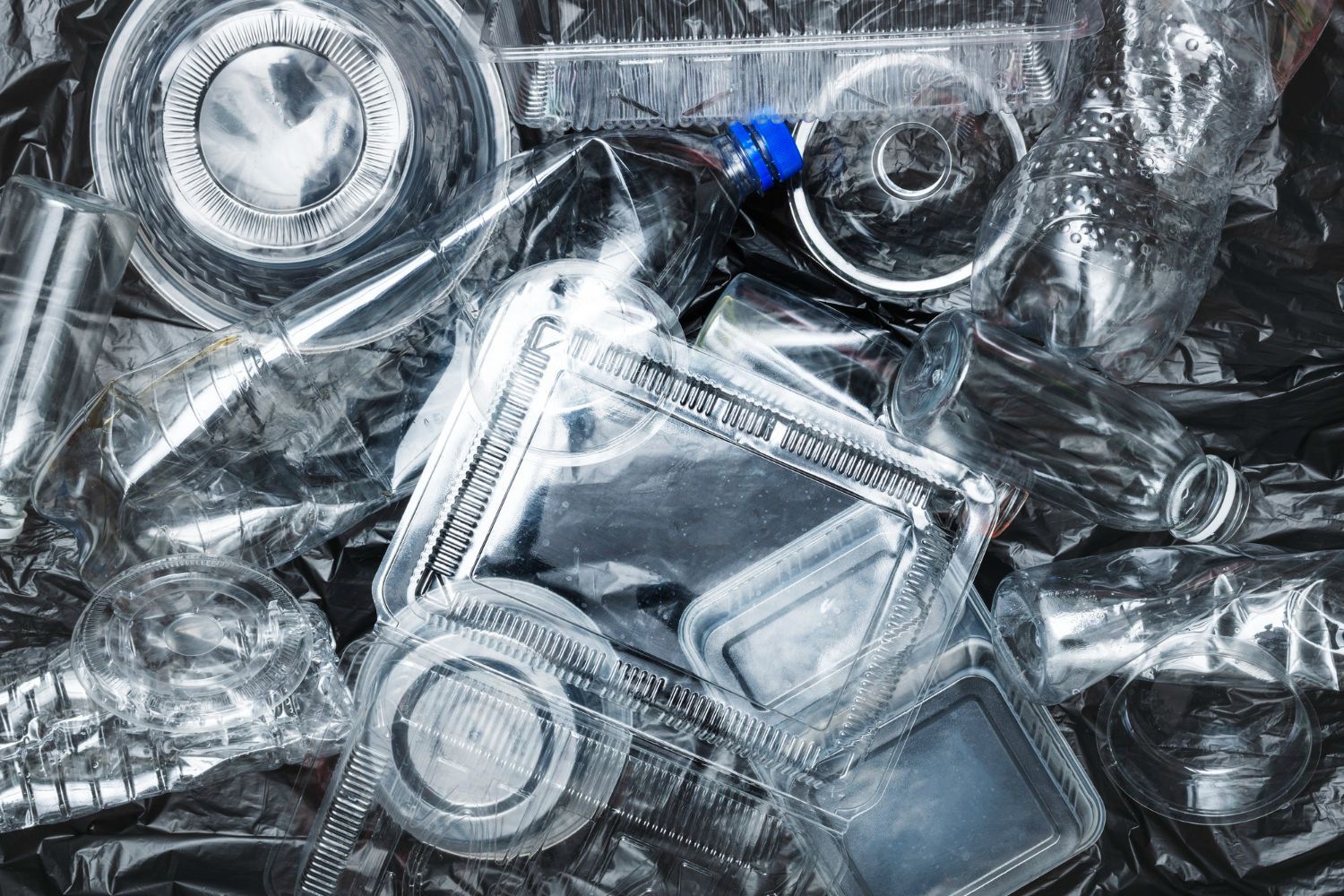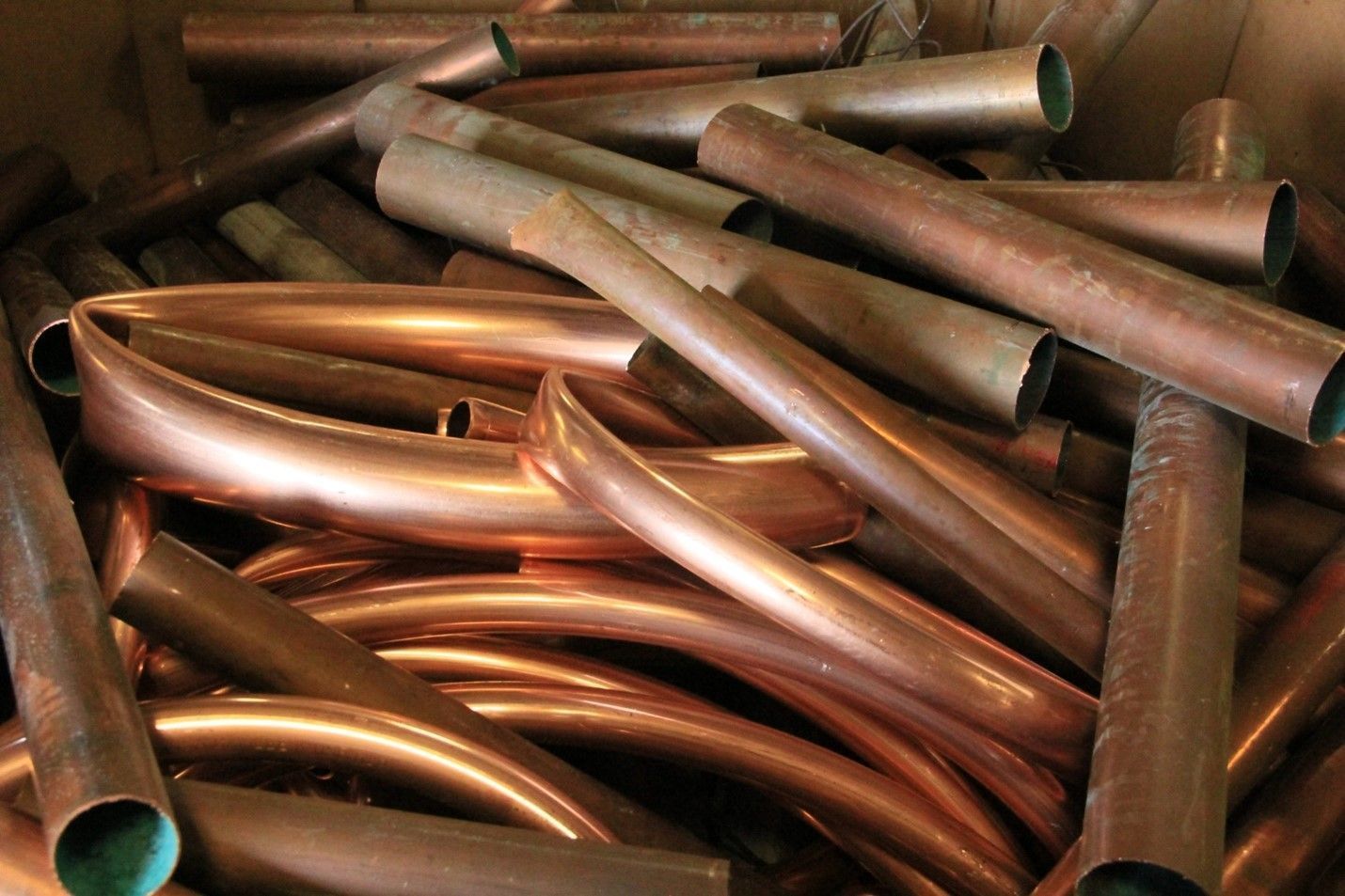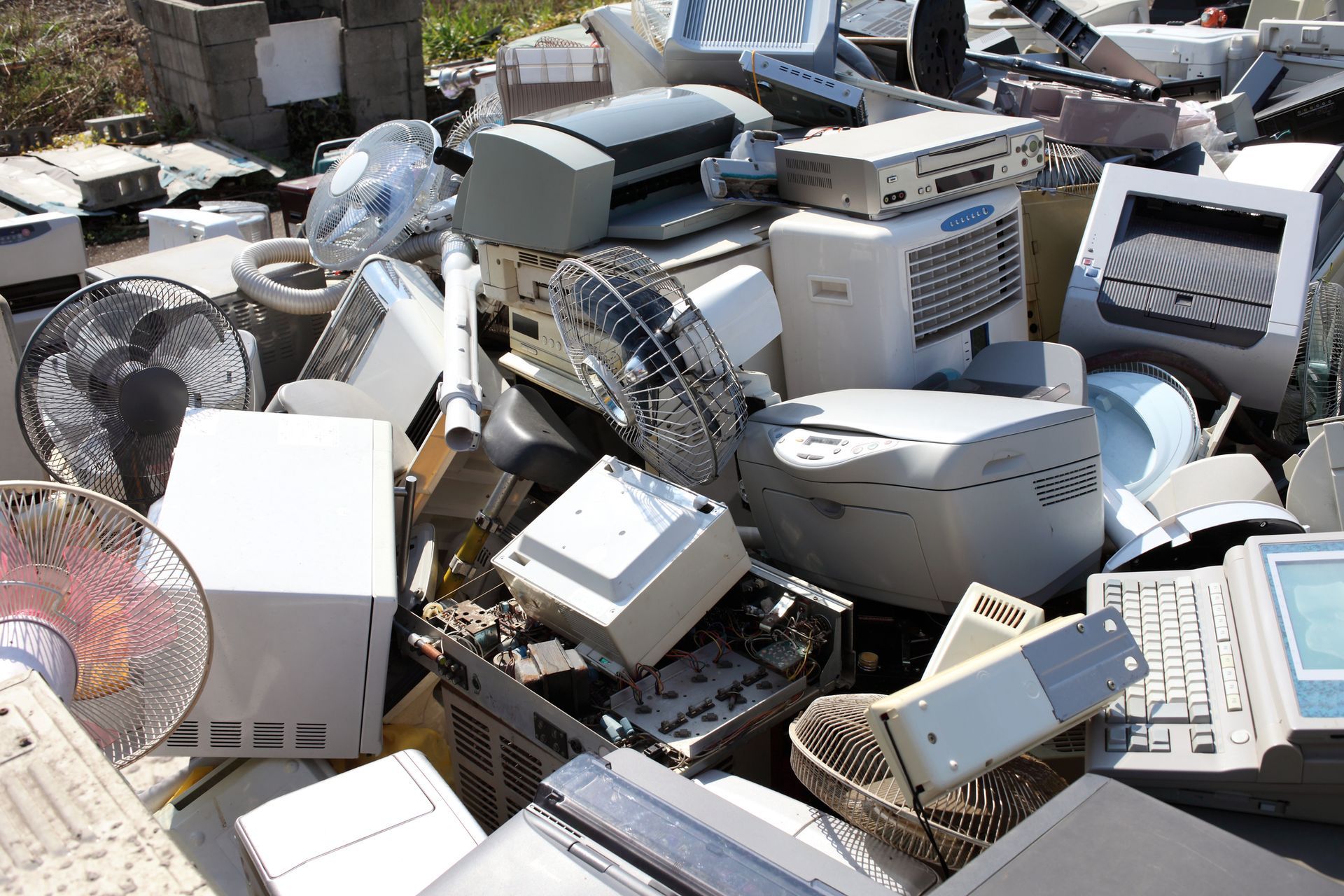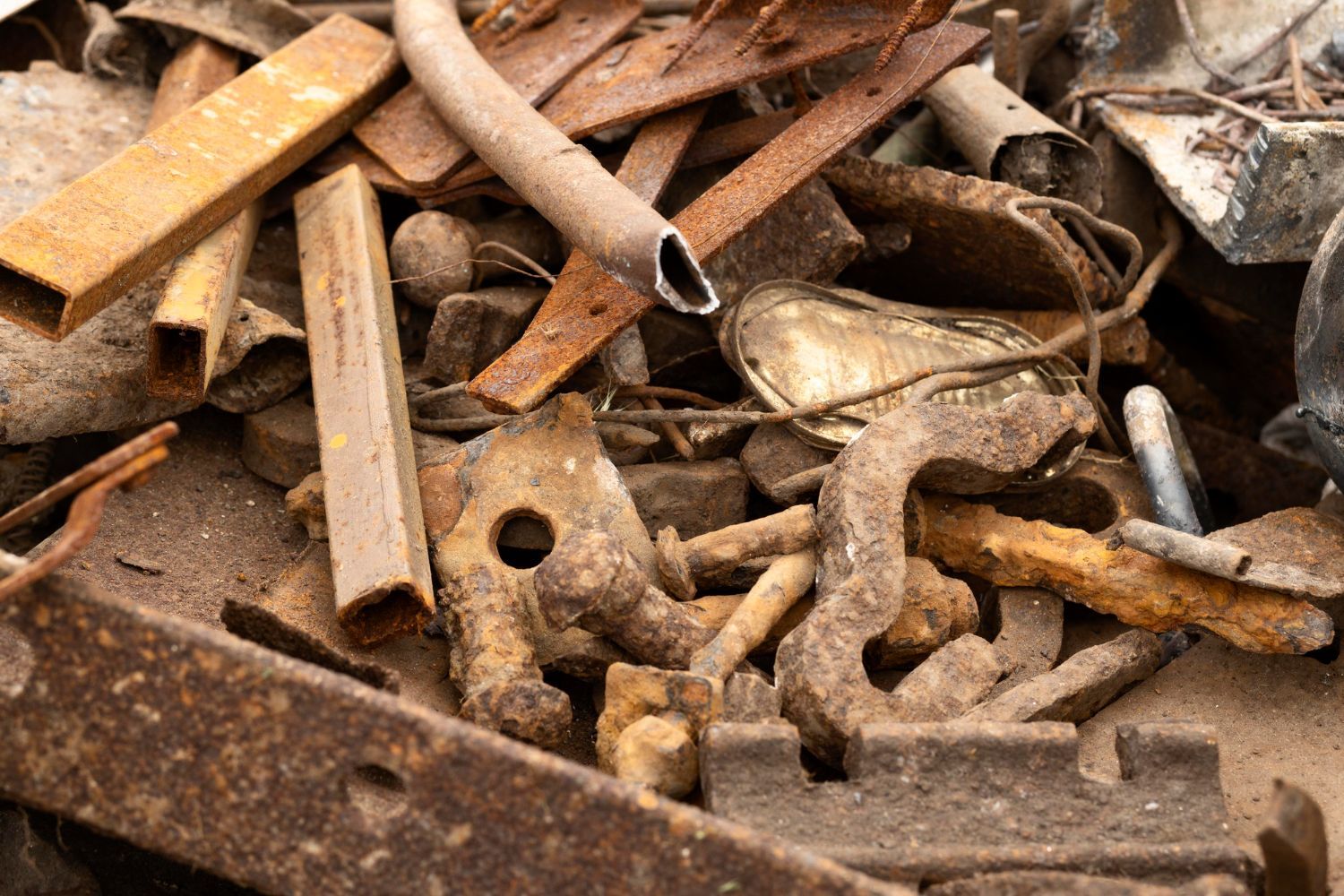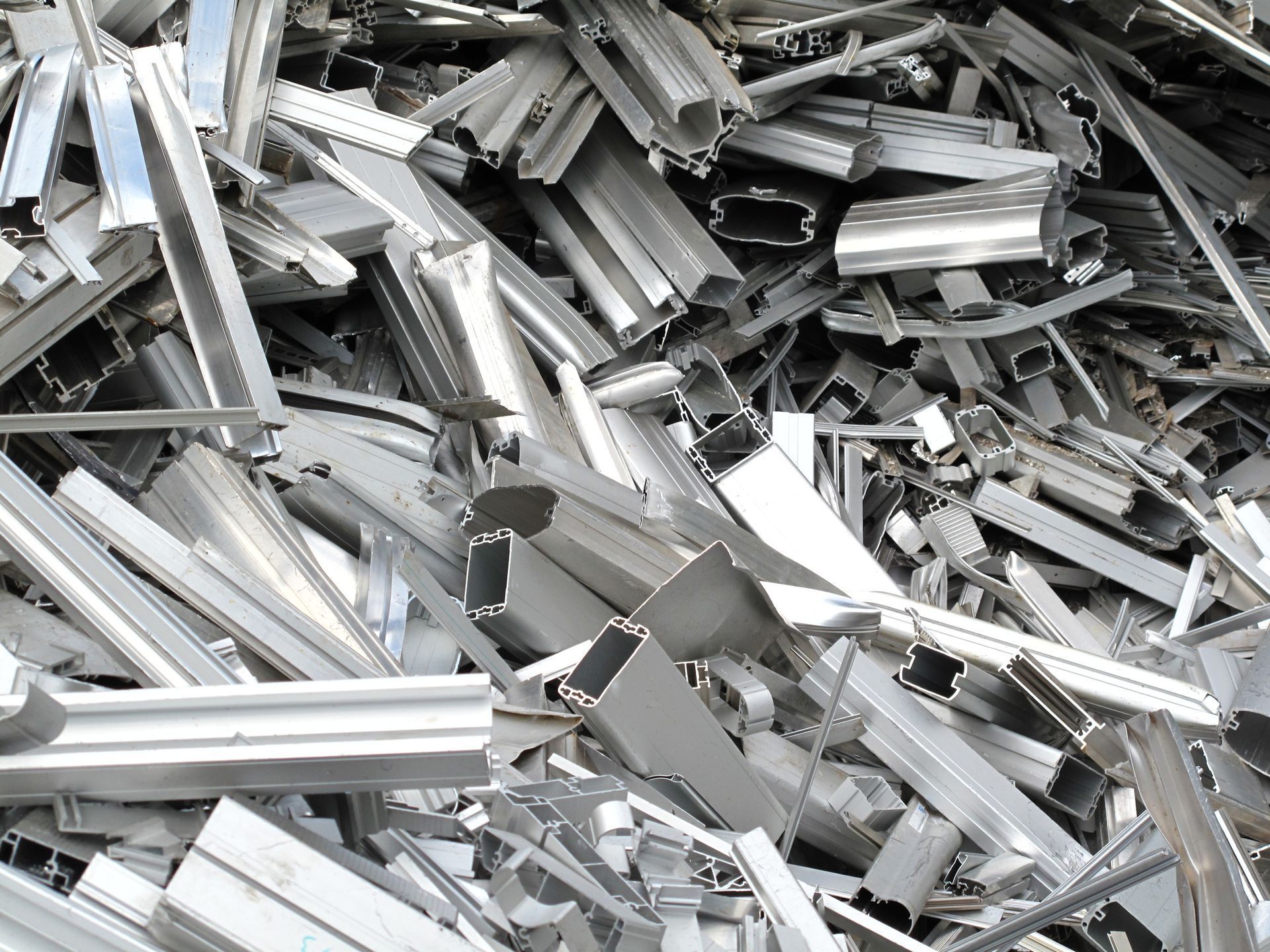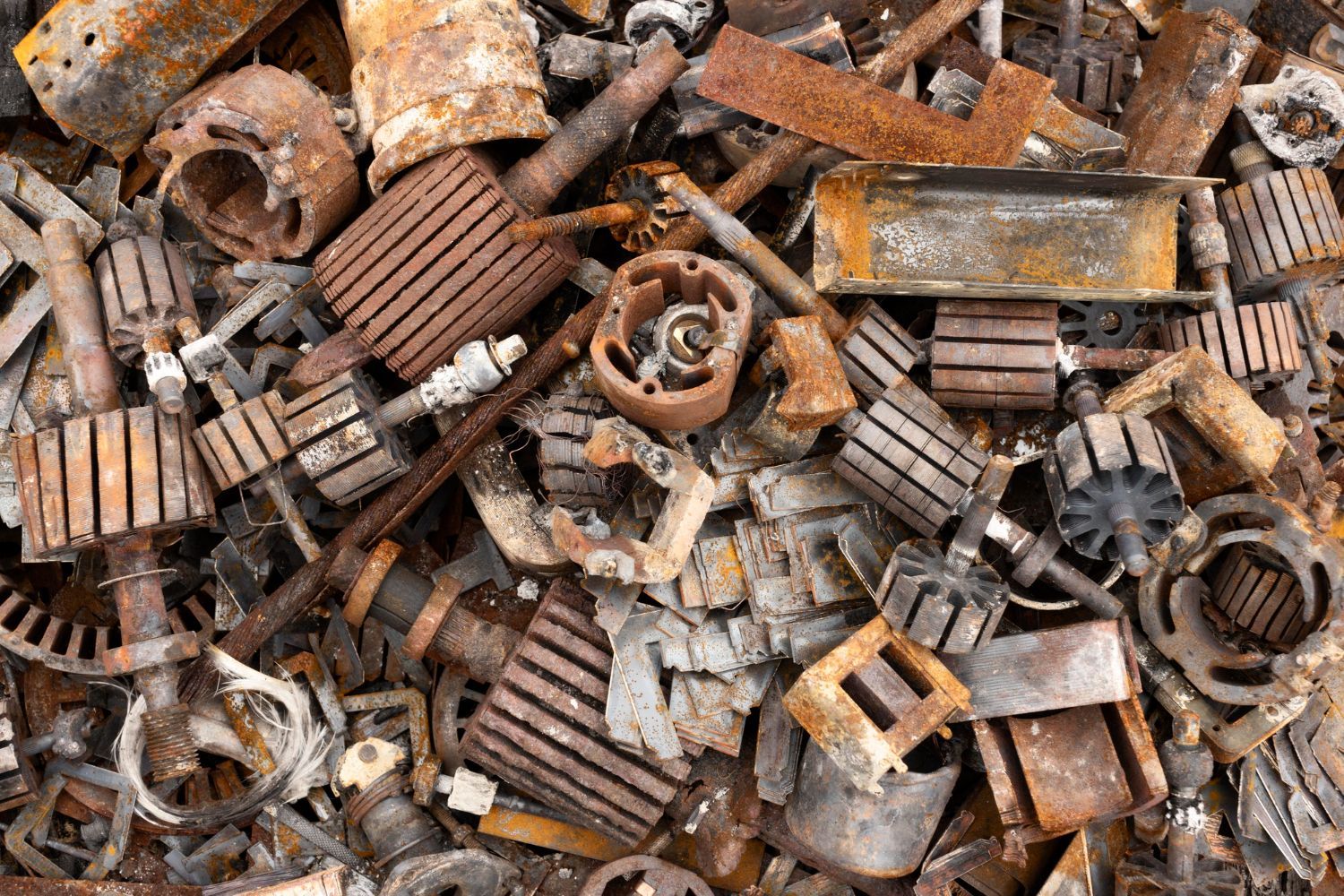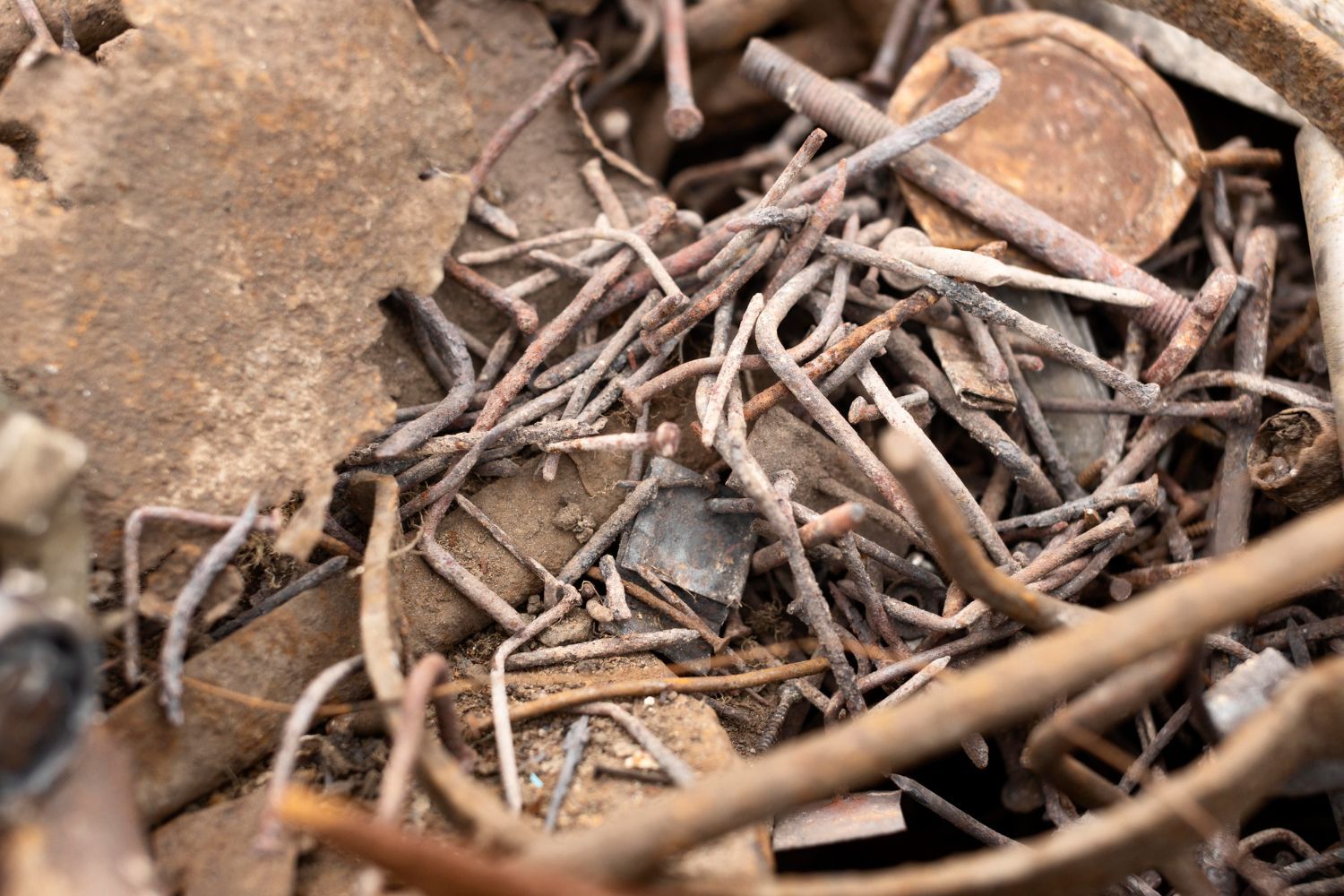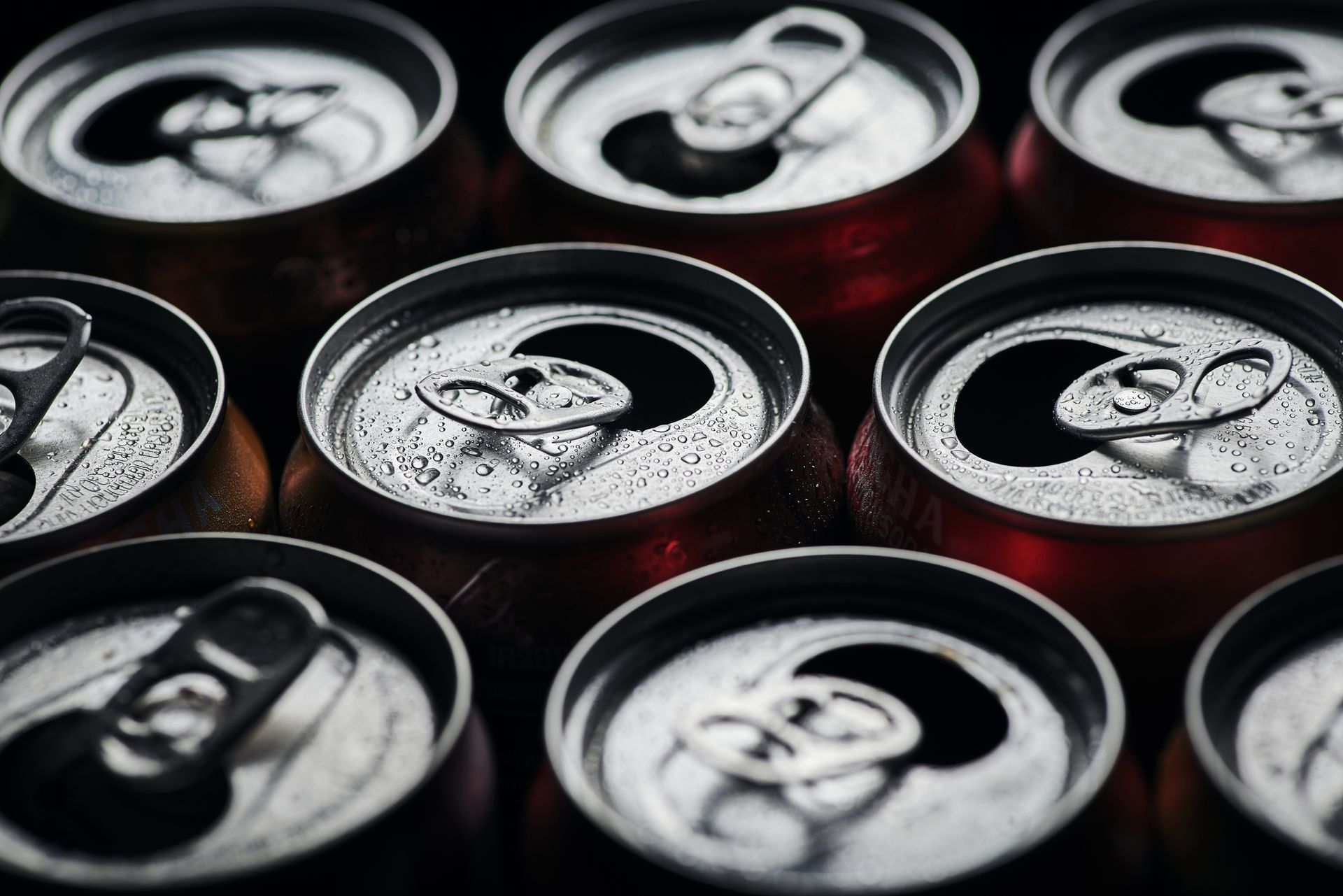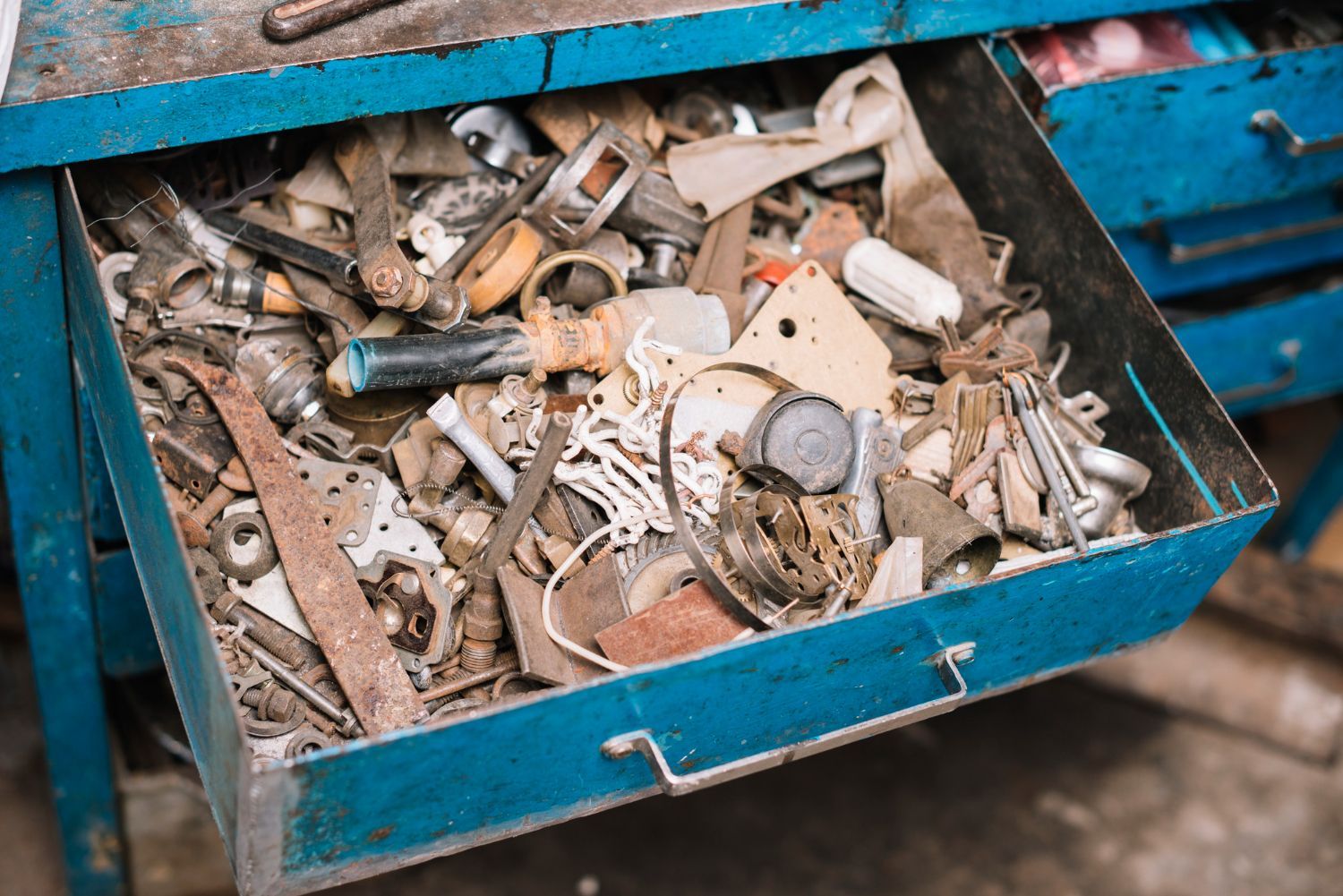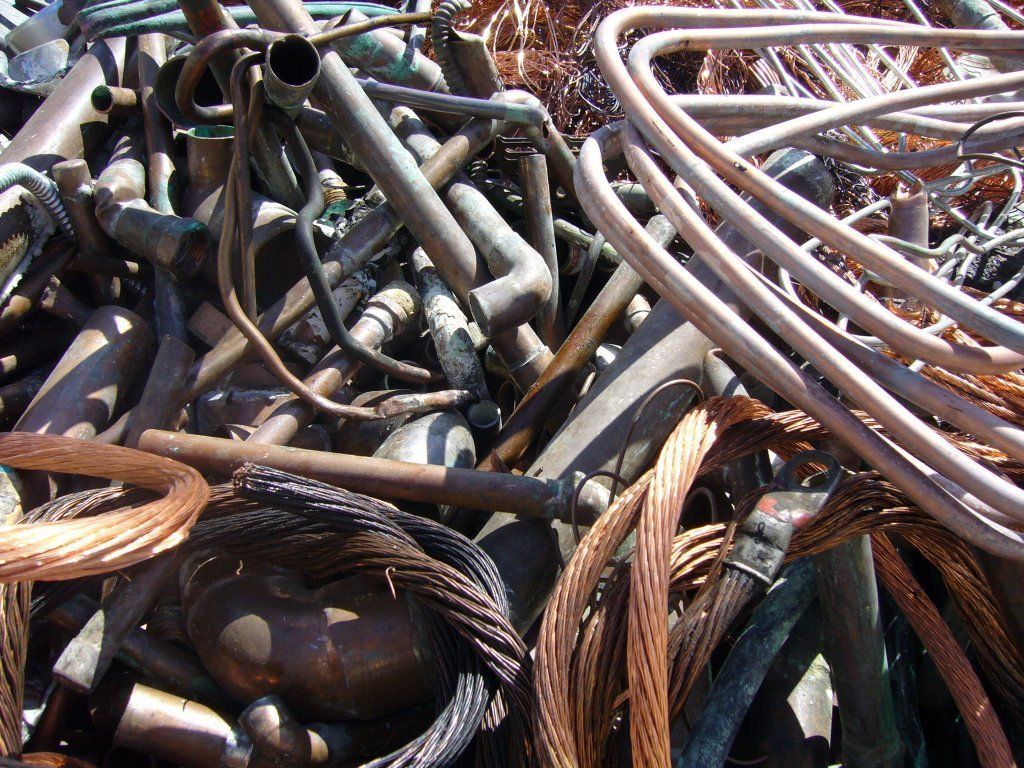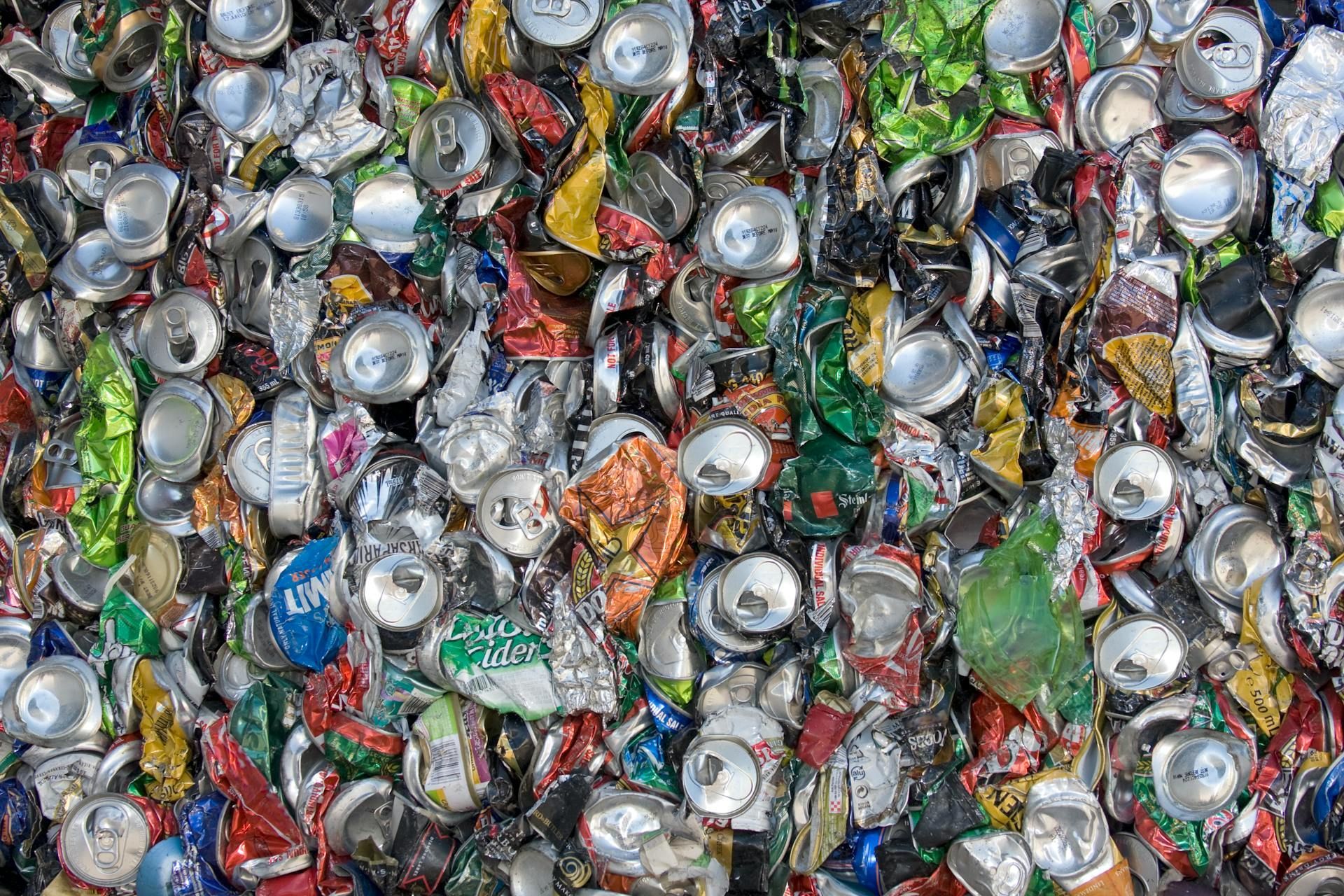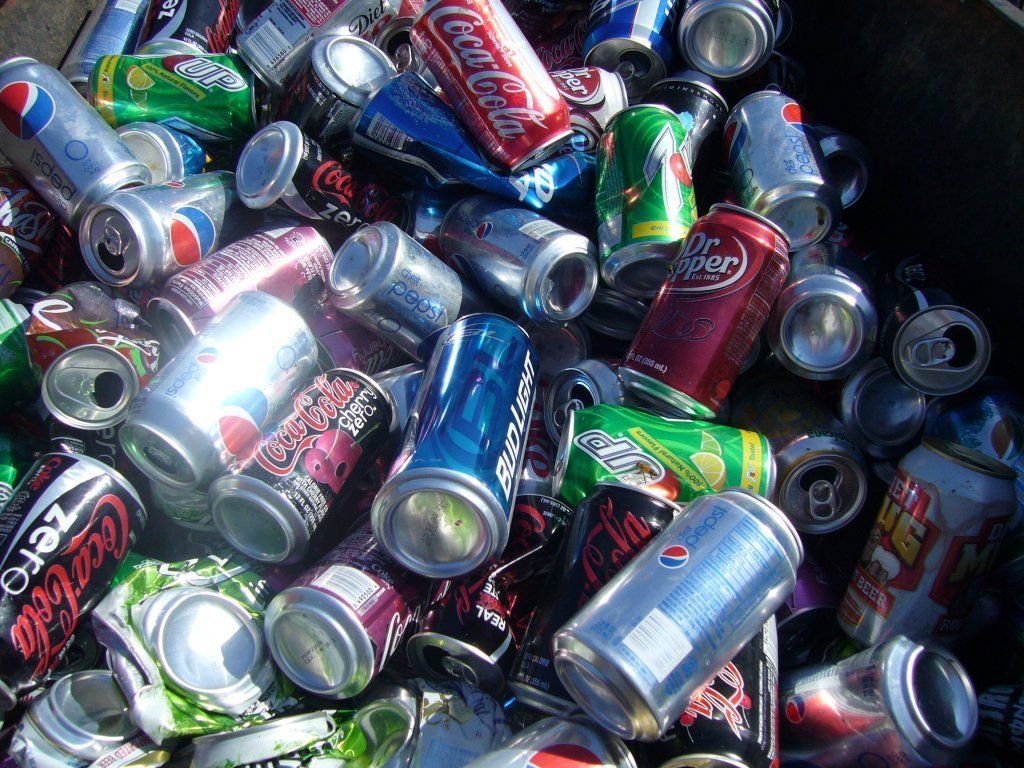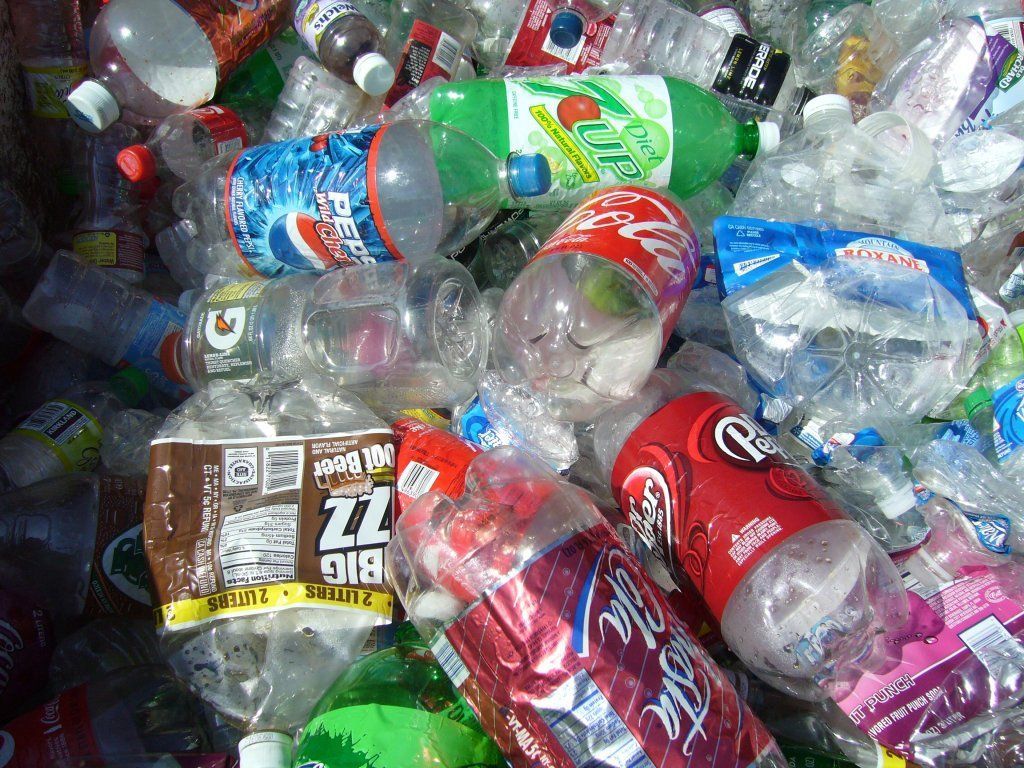What Happens to Scrap Metal After It’s Recycled? | Bruce Metal & Salvage
Recycling scrap metal is an efficient way to reduce waste, conserve energy, and repurpose valuable resources. But have you ever wondered what happens to scrap metal after you drop it off? Here’s a look at the step-by-step process and how scrap metal is transformed into something new.
1. Collection and Sorting
Once scrap metal is gathered, it’s sorted by type to ensure proper recycling processes for each material. Aluminum, copper, steel, and iron all need different treatments, so they’re separated accordingly. Recyclers often use magnets to distinguish ferrous metals (like iron and steel) from non-ferrous ones (such as aluminum and copper). This step is essential for efficient recycling, as it allows each metal type to receive the right processing and treatment.
2. Shredding and Breaking Down
After sorting, the scrap metal moves to shredders or crushers. Large pieces of metal are broken down into smaller, more manageable parts. This step increases the surface area, allowing metals to melt down faster in the next phase. Shredding is especially helpful for metals like steel and aluminum, which can be bulky in their raw form.
3. Melting and Purifying
Next, the shredded metal enters a large furnace. Each metal type is melted down at a specific temperature suited to its properties. This melting process purifies the metal by removing any contaminants or impurities. For example, non-metal materials like paint or plastic coatings are burned away. Once purified, the metal is ready for the next phase, where it can be refined to meet quality standards.
4. Forming and Cooling
After being melted down, the metal is poured into molds to form specific shapes, such as bars, sheets, or pellets, making it easy to transport and use in manufacturing. As the metal cools, it solidifies into a uniform product known as an "ingot." Ingots vary in size depending on the intended application for the recycled metal, providing a convenient starting point for further industrial uses.
5. Manufacturing and Repurposing
The recycled metal is now ready to enter the production cycle. Factories purchase these ingots to create new items like car parts, construction materials, appliances, and even electronics. Recycled metal can be used just as effectively as newly mined metal, making it a cost-efficient and environmentally friendly choice for manufacturing.
6. Shipping and Distribution
Once recycled metal is transformed into new products, it is distributed to retailers, builders, and consumers, closing the recycling loop. This process helps reduce waste and supports new industries by providing valuable materials for manufacturing. By recycling scrap metal, we contribute to a sustainable cycle that benefits both the environment and the economy.
7. Environmental Benefits
Every step in recycling scrap metal plays a role in reducing our environmental impact. By recycling, we save energy, conserve natural resources, and reduce greenhouse gas emissions. For instance, recycling aluminum saves up to 95% of the energy required to produce new aluminum from raw ore. This sustainable cycle highlights the importance of choosing recycling over disposal.
Recycling scrap metal is an impactful way to contribute to a greener future. If you’re looking to recycle scrap metal, Bruce Metal & Salvage in Santa Ana, CA can help. Contact them at (714) 543-1300 or (714) 543-4361 to learn more about their services and start your own recycling journey.
Bruce Metal & Salvage Inc.
Address: 920 E. 6th St. Santa Ana, CA 92701
Serving the Entire Santa Ana Area Since 1974
Call for Prices!
Phone: (714) 543-1300
Phone: (714) 543-4361
Open 7 Days A Week!
Business Hours
- Mon - Sun
- -
Bruce Metal & Salvage Inc.



